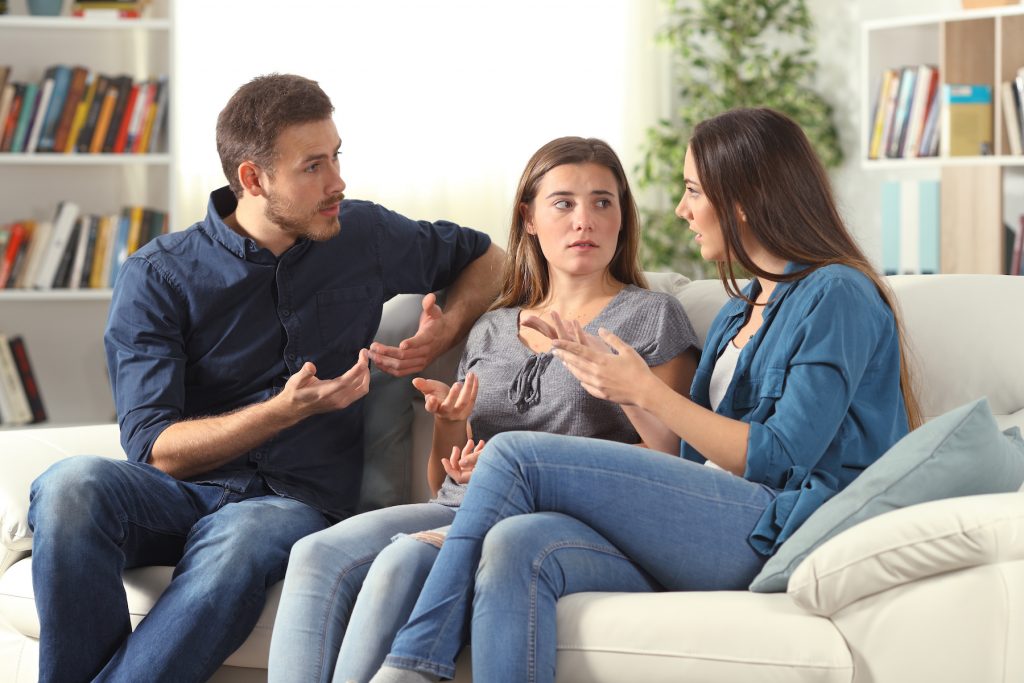
- Recognize the signs of a tornado. Indicators include rotating clouds, whirling dust or debris on the ground, and a loud, continuous roar.
- Know the difference between a tornado watch and a tornado warning. A watch is when the conditions are right for tornadoes to form, and a tornado warning means the approach of an existing tornado.
- Stay informed. Listen to local news weather reports, and heed any warnings. Check the official websites and social media accounts of your city and local government organization.
- Protect your home. Make a list of items to bring inside when a tornado is approaching. Prune trees and shrubs to make them more wind-resistant. Reduce the number of loose items in your yard; install permanent shutters on windows and reinforce garage doors.
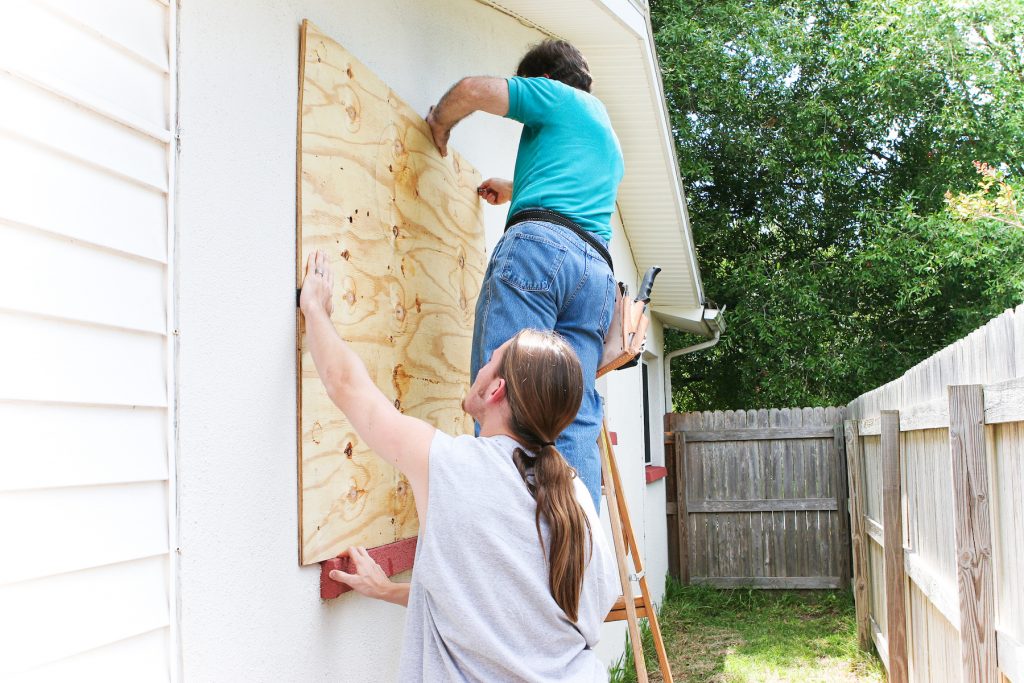
During
- If you’re in a house, avoid windows and go to the lowest area, like the basement. If there is no basement, go to the lowest floor in an interior room with no windows, such as a bathroom or inner hallway.
- If you’re in an office building, hospital, or high-rise building, don’t use the elevator. Take shelter on a lower level, away from windows and glass.
- Get under some form of protection, such as a sturdy table. Crouch down as low as possible and cover your head with your hands.
- If you’re in a mobile home, go to a tornado shelter immediately. Most tornadoes can wreck even a tied-down mobile home.
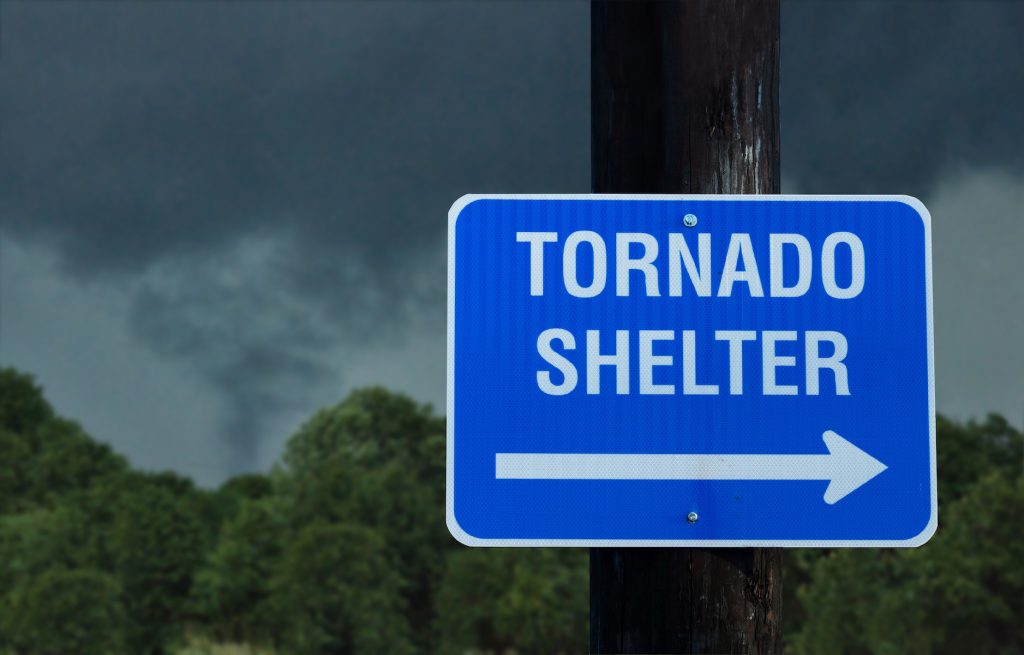
- If you’re in a car or outdoors, don’t try to outrun a tornado. Get out of the car and find shelter underground or in a nearby building. Don’t go under bridges or highway overpasses. If you can’t get to a safe place, protect your head with your arms and cover your body with a coat or blanket.
- Listen to alert systems like NOAA Weather Radio for up-to-date emergency information and instructions.
After
Even after a tornado passes, it’s important to stay alert and use caution when clearing debris.
- Stay clear of fallen power lines or broken utility lines.
- Make sure the storm has passed and go to a safe place. Don’t return home until local authorities say it’s safe. Always check the weather conditions on secure websites, if possible.
- Keep listening for updated information on the disaster. Let your loved ones know you’re safe and check your family’s safety.
- If you are trapped, avoid breathing in the dust by covering your mouth with a cloth or mask. Don’t shout. Send a text, bang on a pipe or wall, or use a whistle instead.
- Stay away from downed wires, damaged buildings, and dangerous debris, like broken glass or sharp objects.
- Don’t use matches, lighters, or candles; there may be natural gas leaks nearby. Use battery-operated flashlights.
- Wear appropriate gear during clean-up, such as thick-soled shoes, long pants, and work gloves.
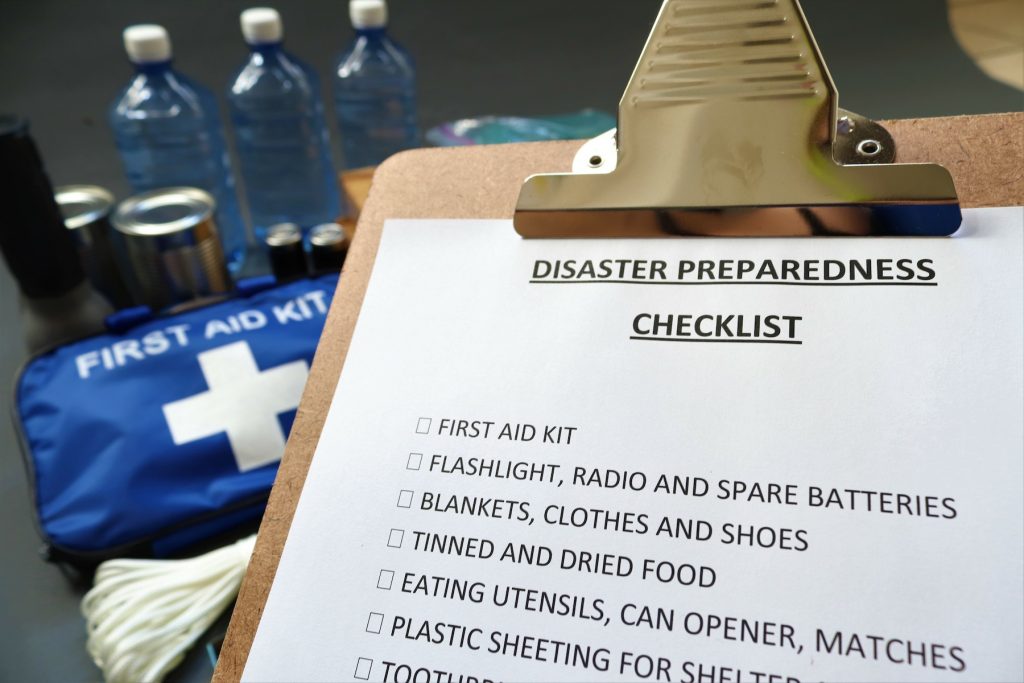
Have a copy of the Emergency Preparedness Document on hand, and use it to gather and record Have a copy of the Emergency Preparedness Document on hand, and use it to gather and record important numbers, such as your property or medical insurance provider and A/C repair service. In the event of damage after a tornado, be sure to contact PuroClean. Our offices are available 24/7 for your restoration needs.
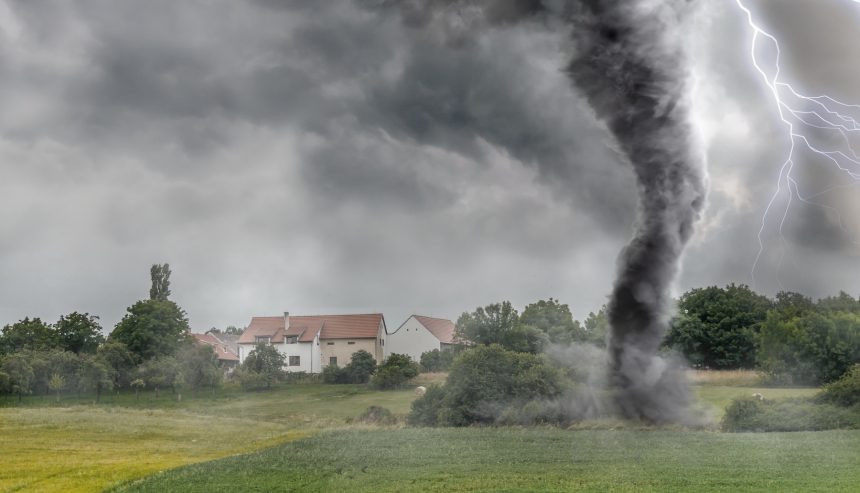
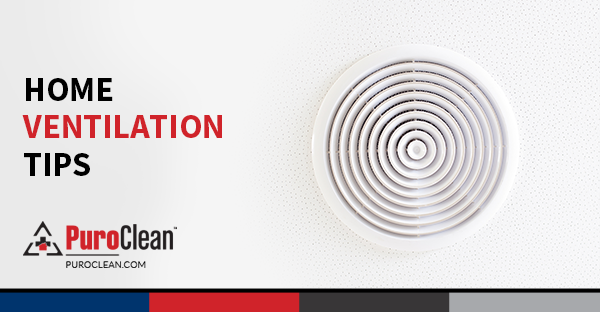
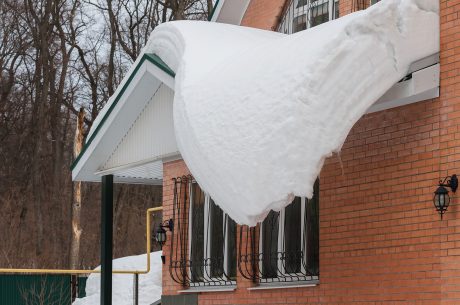
 PuroClean Managed Services of Vermont
PuroClean Managed Services of Vermont